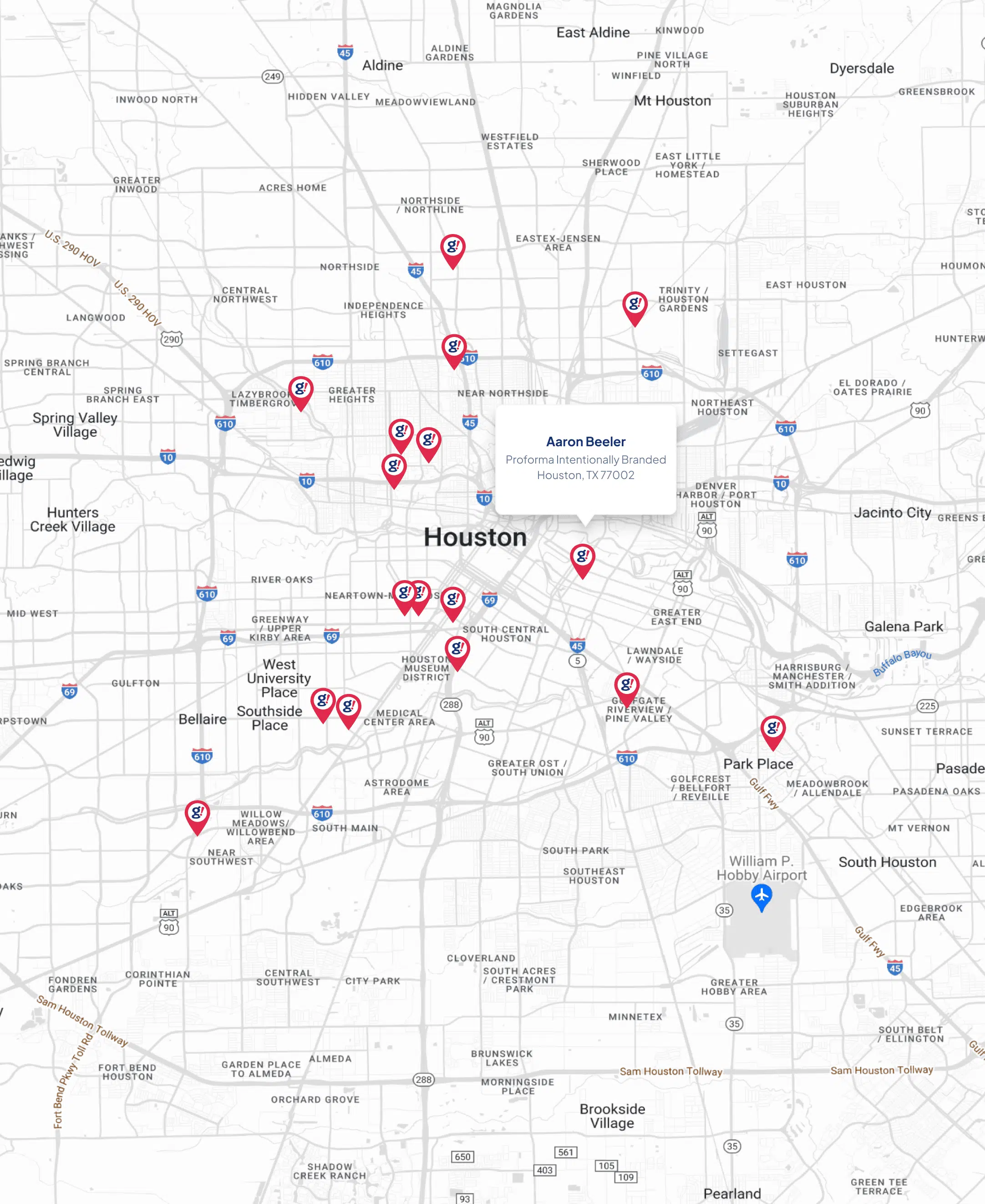Two SEO Threats You Probably Aren't Monitoring
- Updated on: 2018-12-14
- Read original article here

No matter what industry you’re in, any marketer would agree that getting your site ranking as high as possible on Google should be a priority, and for good reason: research proves that the first page of Google receives 95% of web traffic while subsequent pages only receive 5% or less of total traffic.
One of the most common ways to boost your site’s rankings is through high-quality backlinks, and a recent study of one million Google search results revealed that “the number of domains linking to a page correlated with rankings more than any other factor.”
In other words, off-site links are a crucial ingredient to any successful SEO strategy. However, Google and your competitors know this, which is why it’s essential to monitor the quality of your inbound links. Otherwise, you can fall victim to one of two SEO threats: negative SEO or a Google penalty.
But how common are these threats? Alexa recently surveyed 17 SEO specialists and discovered that these are actually two of their biggest concerns.
In this blog, we’ll take a look at how you can identify if your rankings have fallen victim to one of these SEO threats and what you can do to solve it.
Negative SEO occurs when someone attempts to lower a site’s ranking by unethical means. The most common attack is creating hundreds of spammy links that point to your site, but below are a few other forms:
Although Google works hard through its algorithm updates to protect sites from these kinds of attacks, nearly half of those surveyed by Alexa believe negative SEO is on the rise—with more than 40% of participants knowing someone who has been the victim of negative SEO.
Before you begin to panic, keep in mind that there are sites that are more susceptible to this type of rankings threat than others. If your site is in a highly competitive vertical, for instance, or if you’ve previously been hit with a Google penalty, then you’ll want to be more diligent in monitoring negative SEO threats.
Whether you fit within these parameters or not, you should conduct a backlink audit regularly—particularly because it is the best way to protect yourself from any sort of threat to your ranking.
There are a ton of tools out there to make your backlink research easier. Below are a few tools you can experiment with to help you get a better picture of your current backlink portfolio:
Although I mentioned it briefly above, Google penalties can also hurt your rankings tremendously—and a majority of the SEO specialists surveyed consider them a very real threat: more than 80% of respondents said they are at least ‘somewhat concerned’ about Google penalties while 50% actually helped a client who got hit with one at some point.
So how can you protect your site? The first thing you want to do is understand the difference between the two types of penalties:
Google is continually tweaking and revising the way it indexes content, but below are some tell-tale signs if you’ve been hit with a penalty:
If you notice any of these signs, take swift action. If it was a manual penalty (meaning Google informed you about it), you’ll need to submit a request for reconsideration and work on identifying and removing any spammy links. If you believe it was an algorithmic penalty, you’ll also want to begin eliminating any harmful links, but you won’t need to submit anything to Google.
Unlocking the challenges of how to overcome a sudden dip in rankings can seem intimidating, but these two SEO threats can be fixed with a little digging and a focus on both quality content and links when rebuilding your site. There isn’t one equation for success when it comes to improving your site’s rankings, but there are things you can keep your eyes on—such as diligently monitoring your backlink portfolio and making sure it aligns with Google’s best practices.
Have you noticed a drop in your Google ranking? What have you done to increase your ranking in the past? Tell me about it in the comments!



